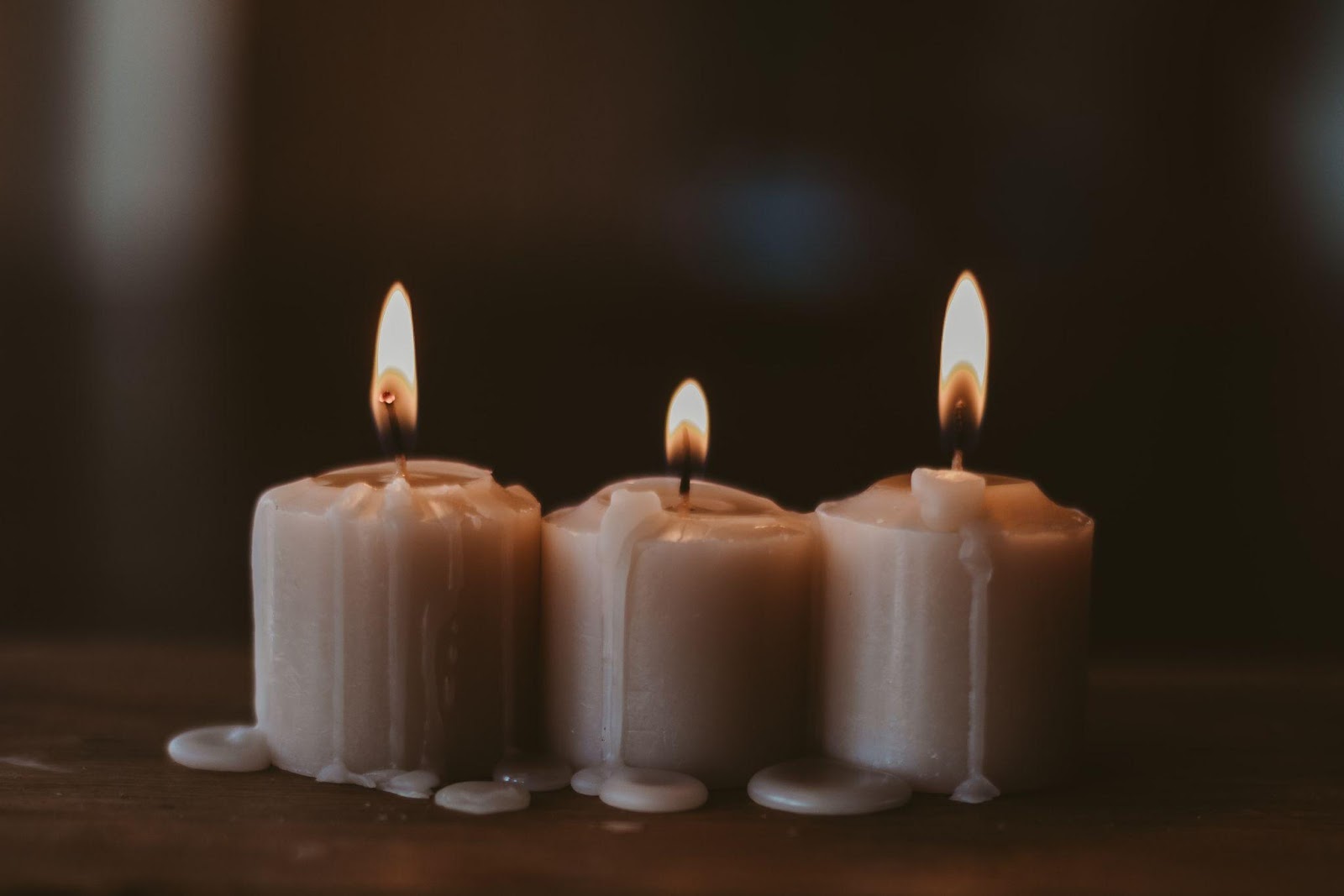I sometimes receive a phone call from a consumer inquiring about the wax we use to make our Kiri taper candles. “We use extremely refined food-grade paraffin wax,” I explain. I then go on to explain to them that, contrary to popular belief, paraffin candles are not as harmful to the environment as many people believe.
Taper candles from Denmark in a variety of colors
1. Paraffin is not a poisonous substance. It’s in the food we eat!
Paraffin is a byproduct of the oil industry that would otherwise accumulate in drums if there were no good applications for it. Paraffin is a benign substance that is utilized in a variety of sectors, including food, medicine, cosmetics, candles, and many more.
People are not exposed to any health risks when using paraffin candles. The scents employed in many candles would be of more concern than the wax itself. We don’t have any concerns with scents because unscented taper candles are fragrance-free.
2. Candle wax is the most stable
Because of its technical processing benefits, paraffin is by far the most frequently used raw material for candles. Paraffin is used in almost all taper and pillar candles since it is the most stable form of wax when burning. Soy wax is just not stable enough for the commercial manufacture of taper candles or pillar candles. Container candles are primarily made of soy. Beeswax tapers are also available on the market, but they are, as we all know, rather pricey.
3. Candle wax that is clearer
You should choose high-quality candles to provide the finest burn quality. Kiri Tapers, for example, are made in Denmark using the best grade paraffin available. The wax is purified to remove any impurities, allowing them to burn longer, cleaner, and more efficiently than other candles on the market.
4. The best taper candles that don’t leak
The dripless nature of most taper candles is due to the purity of the wax as well as the wick’s quality. The greatest taper candles can only have a long burn life because they are composed of high-quality components, and they are built of highly refined paraffin.
5. Do you have any environmental responsibilities?
Other types of waxes that claim to be healthier for the environment are causing quite a stir. However, there are several drawbacks to using alternative waxes, such as soy. The majority of soy used in candles is prepared by soaking the bean in a petroleum solvent called hexane. The oil is removed, and the resulting petroleum-soaked residue is fed to the animals we consume. Because the soy is just a Semi-Solid at this point, chemicals must be employed to raise the hardness to the required level for candle manufacturing.
I hope this clarifies some of the misinformation regarding paraffin wax that circulates.
